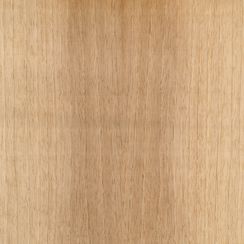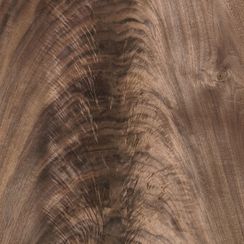Make an appointment at our concept.room for your individual project consulting
Veneer Walnut european
BackDetailed Description
A tree up to 30 m high with a diameter of up to 2 m. Waltzy shaft with a mighty crown. Reaches an age of 600 years and more. Shrubby. Bark smooth when young, ash-grey with whitish cork nipples, darkens with age with a coarse, long-cracked bark.
Tradenames and other names
Bot. Name: Juglans regia
Tradename De: Europäischer Walnussbaum, Europäischer Nussbaum
Tradename En: European Walnut
Properties
Raw density: 700 - 750 Kg/m3
Occurrence
The European walnut is native to the whole of Europe, from Central to Western and Southern Europe.
It is also cultivated in Asia and North Africa.
Characteristic and wood color
Sapwood and heartwood clearly separated. Sapwood wide and grey-white. The heartwood in the root run and the forked branches mostly grainy. Colour of the heartwood depends on age and location, grey-brown to dark brown, often wavy, striped and cloudy, matt and shiny. Pores in early wood clearly visible, coarser and larger than in late wood. Growth zones and annual rings differently pronounced. Fibre and colour deviations are frequent. The wood is very decorative and moderately shrinking.






















